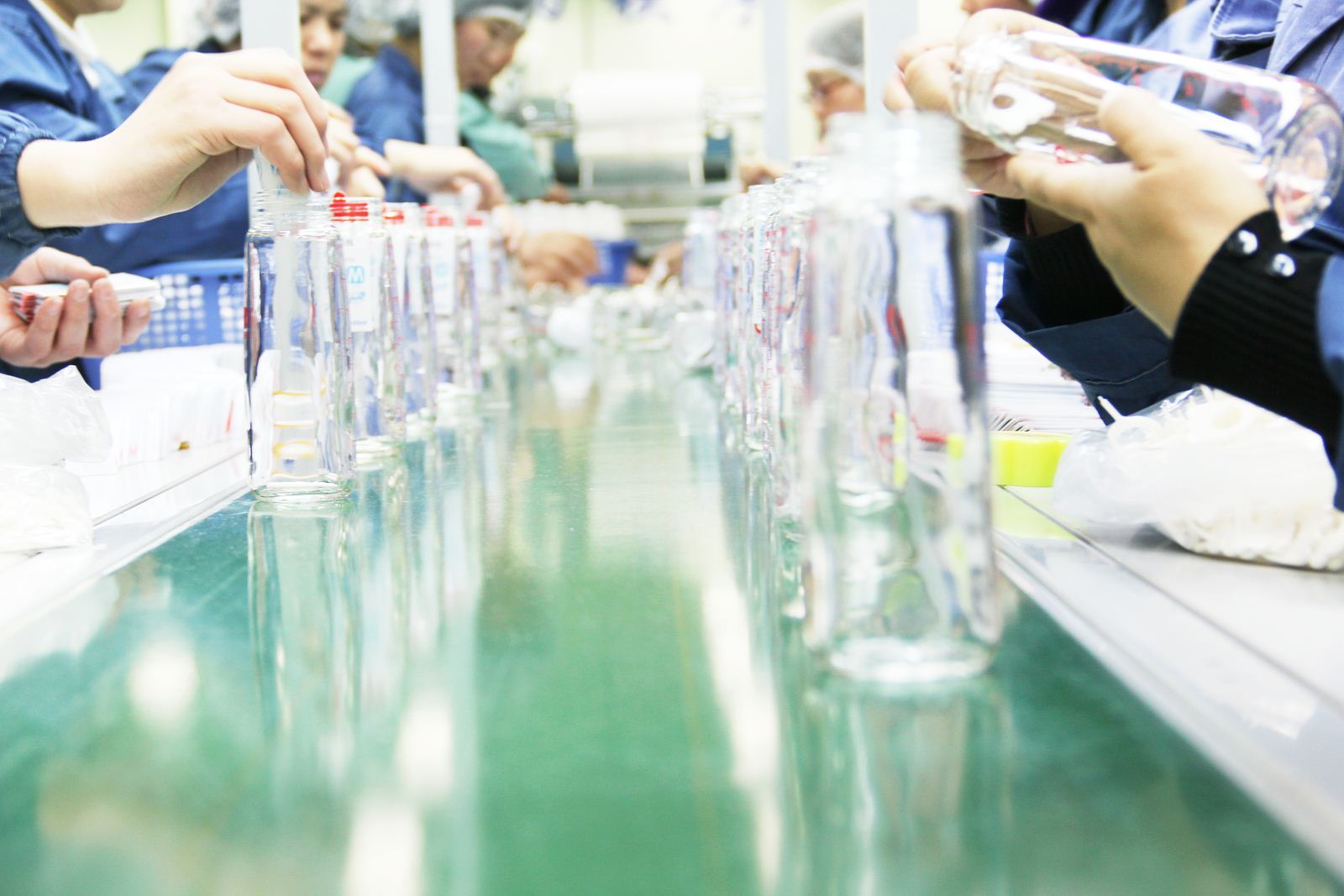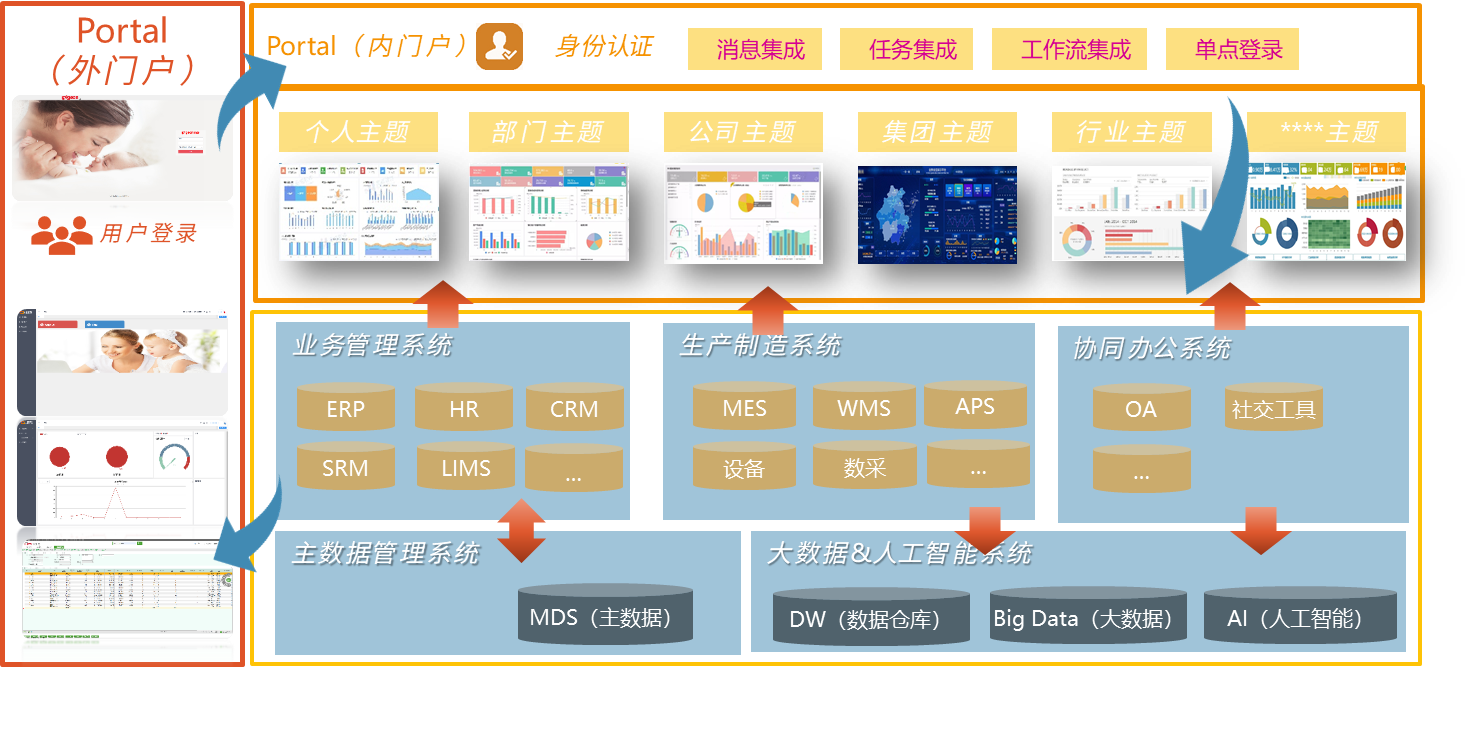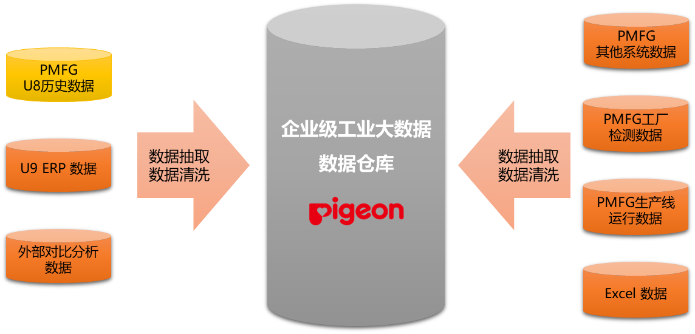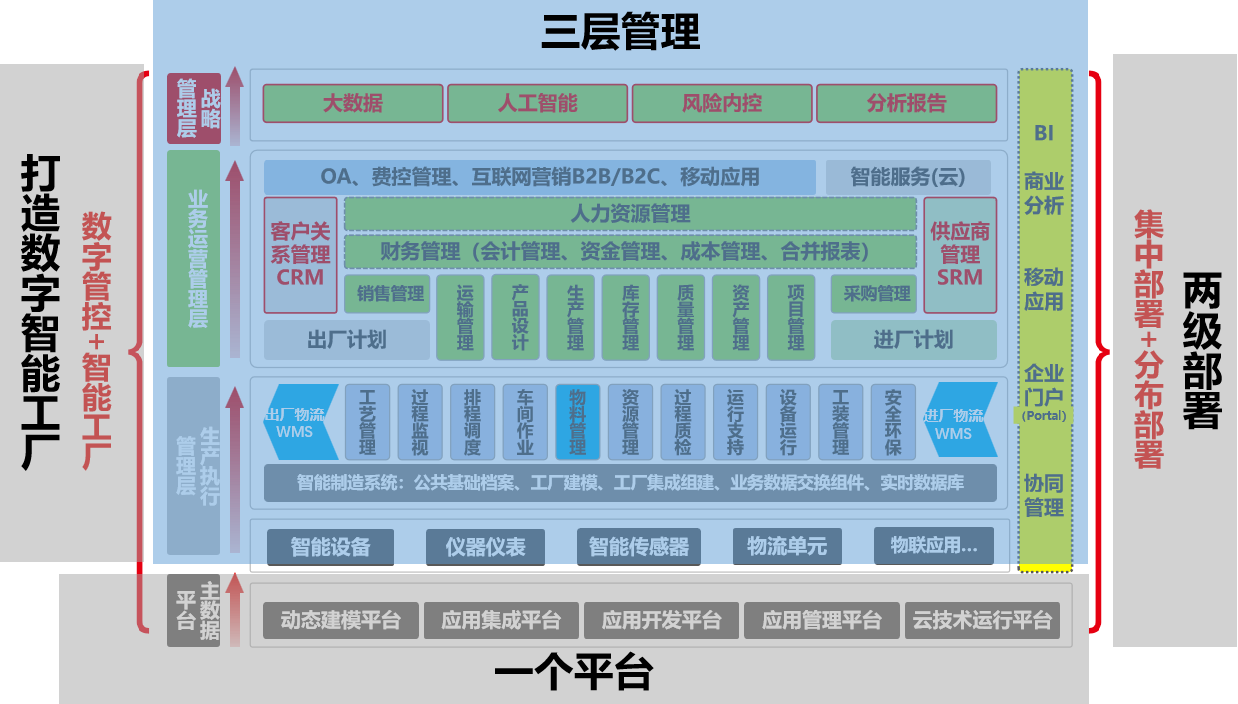Beiqin: Manufacturing synergy: providing babies with peace of mind and a "new" appearance
Case Description
Beiqin Maternal and Child Products (Shanghai) Co., Ltd., as a company specializing in the manufacturing of maternal and child products, has been committed to improving its production efficiency and service quality through intelligent upgrades in recent years. Caijiang Intelligent Technology Co., Ltd. has implemented the IMS-WMS Phase II project for Beiqin, which is mainly applied in the Qingpu factory. The project focuses on module construction and functional improvement in sales and shipment, finished product warehousing, sampling and outbound, inventory transfer, batch number rules, inventory counting, and other aspects. Through the successful implementation of this project, not only did it solve the problem of multiple system incompatibility, but it also achieved real-time and accurate data entry into the ERP system, breaking down information silos, optimizing the internal management structure of the warehouse, and improving overall operational efficiency.
Application Products
CJ-MOM WMS EAM
Company Profile
Beiqin Maternal and Child Products (Shanghai) Co., Ltd. is a subsidiary of Pigeon Corporation in Japan and has multiple production bases in China, including the Waigaoqiao and Qingpu factories located in Shanghai, as well as the Changzhou factory. Since entering the Chinese market in 2002, Beiqin has always adhered to the concept of "customer-centric", continuously introducing advanced technology and management models, and striving to provide better products and services for Chinese families.
Project background
Insufficient efficiency of supply chain management: The existing supply chain management system has many bottlenecks, such as long design change cycles, difficult control of supplier delivery risks, and low project management efficiency.
Low transparency in the production process: Due to the lack of effective monitoring methods, problems that arise during the production process cannot be detected and resolved in a timely manner, which affects product quality.
Slow response to customer demands: Faced with increasingly changing market demands, traditional production and logistics models are difficult to adjust quickly, resulting in delays in order processing.
Difficulty in cost control: frequent and error prone manual operations increase unnecessary expenses; Meanwhile, due to the lack of good data analysis support, decisions are often based on experience rather than factual basis.

Solution
Building a unified industrial internet platform

The CJ-IMS platform integrates multiple business systems such as ERP, MES, WMS, etc., forming an integrated management architecture from top-level strategic planning to bottom-up equipment operation. The specific measures are as follows:
Centralized deployment+distributed deployment: flexibly allocate resources according to the needs of different departments to ensure smooth information transmission between different levels.
Digital control+intelligent factory: Utilizing advanced technologies such as big data analysis and cloud computing to comprehensively monitor and optimize production processes, and improve automation levels.

Three layer management model: divided into strategic management layer, business operation management layer, and production execution management layer, clarifying the scope of responsibilities at each level and promoting collaboration and communication.

Introduction of Advanced Warehouse Management System (WMS)
In response to the pain points in the warehousing process, such as slow material turnover and excessive capital occupation, we have focused on improving the following aspects:
Reducing enterprise costs: While reducing employee workload, it also improves warehouse space utilization and accelerates the turnover of goods.
Improving efficiency and accuracy: Utilizing barcode scanning technology to achieve paperless operations, avoiding human errors, and enhancing the precision of inventory management.
Standardized process: By guiding the storage location of items through reasonable warehouse planning, the picking process is simplified, making it easier and faster to remove items from shelves.
Breaking down information barriers: seamless integration with other internal information systems ensures data consistency and integrity.
Strengthen equipment maintenance and management
Considering that equipment maintenance is crucial for maintaining stable operation of the production line, it mainly includes but is not limited to the following points:
Comprehensive equipment ledger: Detailed records of information changes for each machine, facilitating tracking of historical performance.
Maintenance management: Develop detailed maintenance plans, arrange professional technicians to conduct regular inspections and repairs, and prevent potential failures from occurring.
Operation management and detection: Continuously track the working status of equipment, update maintenance logs in a timely manner, and ensure that it is always in the best working condition.
Report generation: Regularly output statistical reports to help management understand the overall health status and assist in making scientific and reasonable investment decisions.
Application value
Economic benefits: reduced inventory turnover days and capital occupation, helping enterprises save various costs, providing higher profit margins and liquidity turnover.
Social benefits: With more efficient services, we have won the trust and support of more consumers and established a good brand image.
Environmental benefits: By effectively controlling energy consumption, carbon emissions have been reduced, which is in line with the green development concept advocated by modern society.




